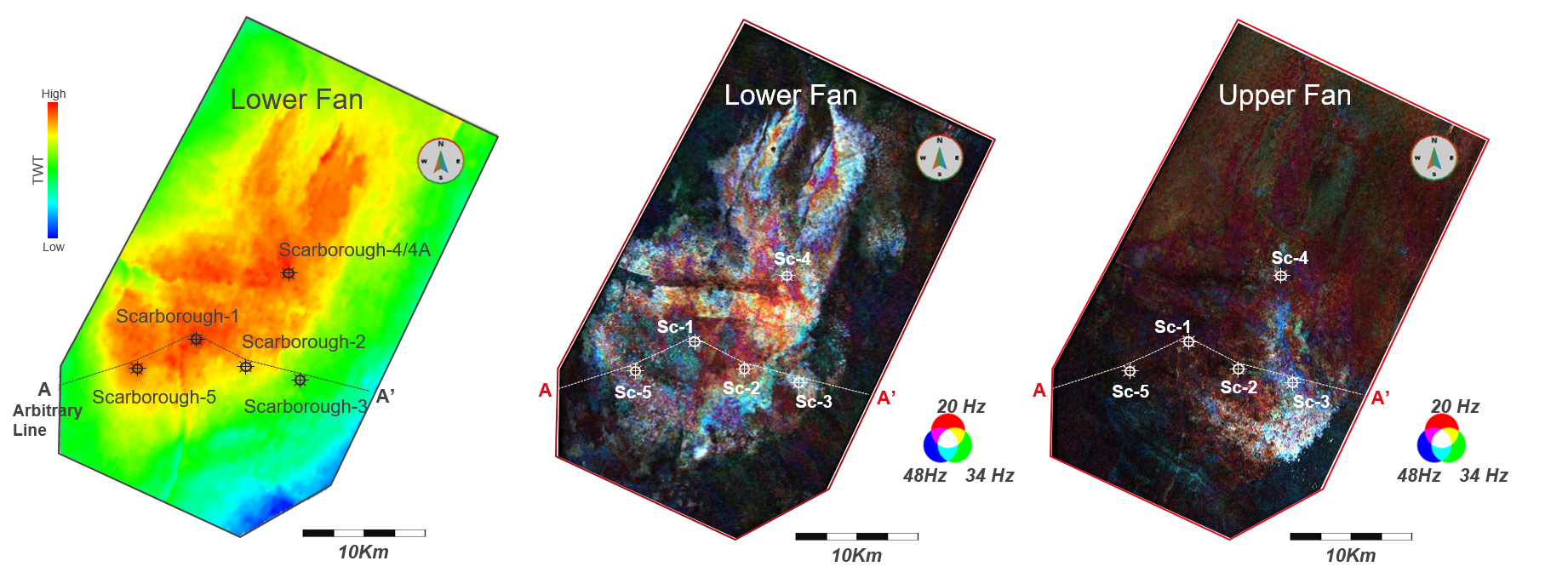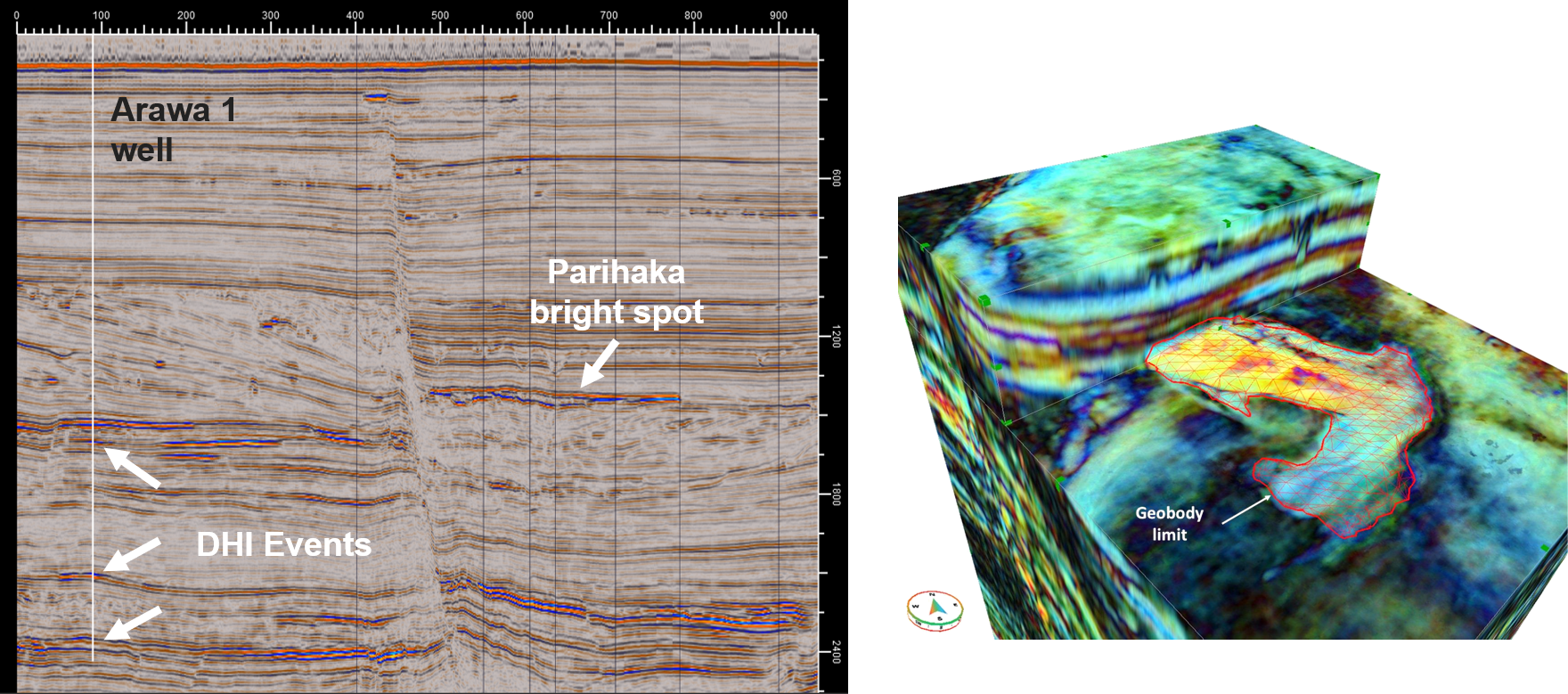19th March 2019
Event phone:
Abstract
Food and drink served from 6:00pm, lecture starts at 6:30pm
Joint lecture with

Kindly sponsored by

Frequency decomposition has been a component of hydrocarbon exploration and field development since its introduction over 20 years ago. The ability to reveal variations in frequency content along a horizon can assist in identifying changes in reservoir characteristics such as a variation in thickness, lithology, fluid fill and a number of other geological parameters. As such, frequency decomposition blends are commonly seen as a reconnaissance tool, as opposed to a quantitative tool to accurately identify changes in the subsurface, due to the large number of geological variations. However, generating synthetic seismic sections, where the specific geological parameters are assigned to represent changes in geological settings allows an interpreter to test their interpretation hypothesis of the subsurface. By recreating the same frequency decomposition blend parameters on the synthetic sections (once a fair match has been made between the synthetic section and the reflectivity data), it is then possible to see if the chosen geological parameters generate a frequency decomposition blend with a similar response. By matching both a synthetic seismic and frequency decomposition blend with the real-life reflectivity and frequency decomposition blend, allows an interpreter to better understand and predict variations observed in the data with more confidence. This process can be undertaken from an exploration or development point of view. In an Exploration setting where little or no well control is present to predict rock properties, traditional rock property values can be used to predict the targets reservoir characteristics. If a poor match is made, it can add risk to the current interpretation, as such amendments can be made and subsequently tested, until a suitable match is found. Alternatively, from an appraisal or development position, where greater well control is available, it may be possible to better evaluate the intra-well positions. Propagating rock properties associated to specific wells will allow an interpreter to test their hypothesis on lateral variation within a reservoir and help reduce risk for future infill drilling placement. An example of validating a geological hypothesis from both an exploration and development positions will be shown in this talk, in an attempt to reduce geological uncertainty.

Figure 1: The top structure map of the Scarborough Field illustrates the extent of a low relief anticline trap. The sand bearing submarine fan deposits can be subdivided into an upper and lower systems, both of which are illustrated in the accompanying frequency decomposition blends, illustrating a significant change in depositional patterns (from Han, C & Szafian, P. (2017). Calibration of Frequency Decomposition Colour Blends Using Forward Modelling – Examples from the Scarborough Gas Field. 10.3997/2214-4609.201700519).

Figure 2: A significant bright spot is located with the vicinity of the Awawa-1 well, which has proven hydrocarbons in the basin. The bright spot can be observed and delineated in a frequency decomposition blend. Now it is possible to test what this bright spot may be geologically composed of.
Venue Information
Venue information
Venue name:
Jurys Inn

